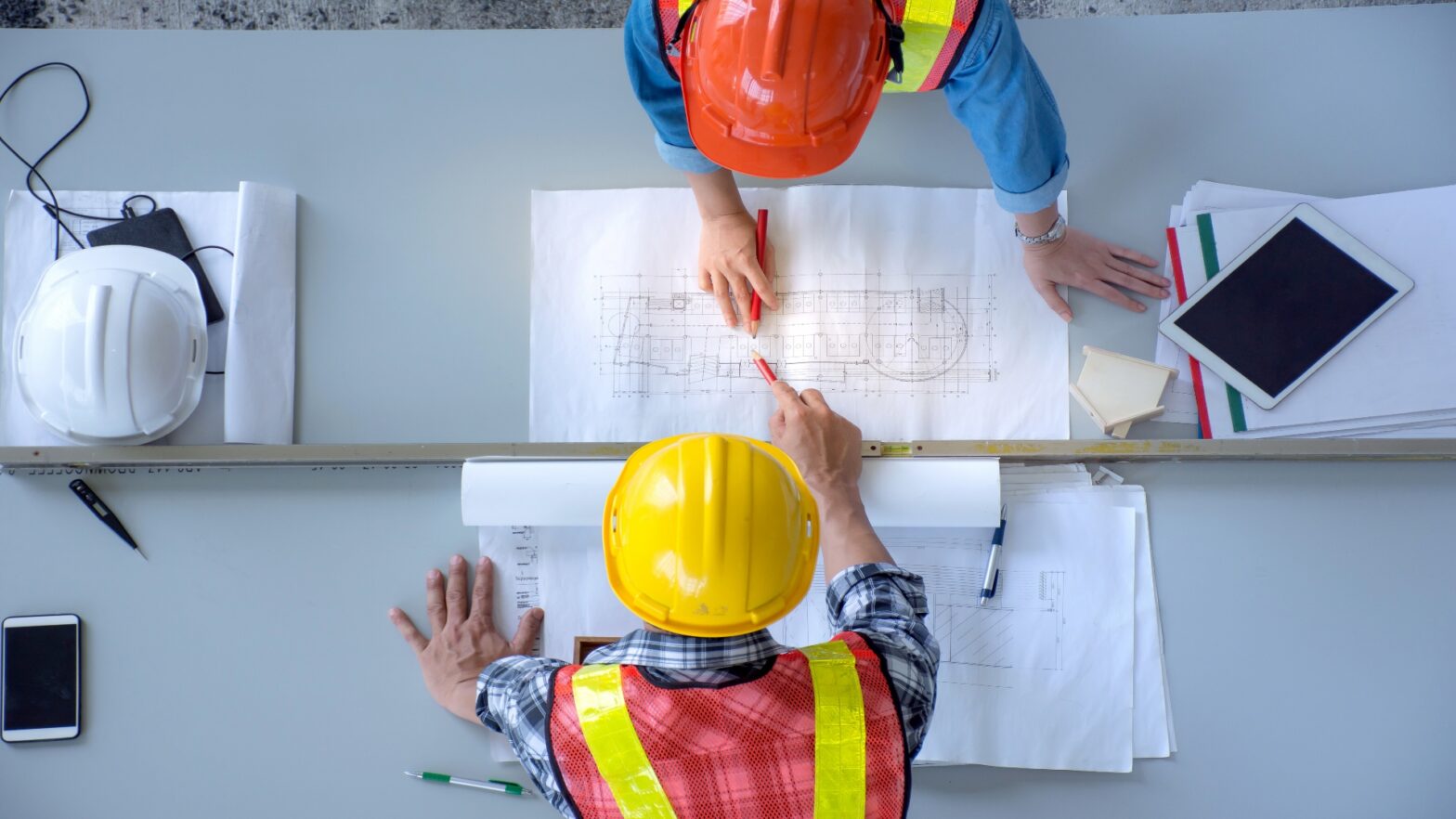Managing construction projects today often involves navigating a complex set of challenges with precision and limited visibility. Construction managers constantly battle deadlines, navigate unexpected on-site challenges, and coordinate multiple teams and stakeholders. In this high-pressure environment, even the most experienced manager can feel overwhelmed.
But what if there was a tool designed specifically to alleviate these pains?
Enter the world of digital construction project dashboards—innovative tools transforming how construction projects are managed. By providing a centralized platform for tracking every aspect of a construction project, these dashboards offer a much-needed solution to the daily chaos and complexity that managers face.
In this blog, we will explore why every construction manager should consider making the switch to a digital project dashboard.
Understanding Digital Project Dashboards
Digital project dashboards are changing construction management by providing easy-to-use, centralized platforms for better project tracking..
Here’s what you need to know about them:
- Centralized Online Platforms: These dashboards compile all project data into a single, easy-to-access user interface.
- Comprehensive Data Coverage: They manage various project aspects like timelines, budgets, resource allocation, and team responsibilities.
- Real-Time Updates: Unlike traditional tools with static reports, digital dashboards update continuously, providing the most current data.
- Seamless Integration: They pull live data from other tools and databases effortlessly, reducing manual data entry.
- Essential for Construction Management: The real-time data allows for quick, informed decision-making, helping managers adjust plans to avoid delays or errors.
In the fast-paced world of construction projects, these dashboards equip managers with instant access to critical project information, accessible from anywhere at any time.
Benefits of Digital Project Dashboards for Construction Managers
Digital project dashboards offer a treasure trove of benefits that can revolutionize how construction managers oversee their projects. One of the most significant advantages is enhanced project visibility and control. Managers can monitor the progress of multiple aspects of a project simultaneously, identifying potential issues before they escalate into major problems.
Improved Team Collaboration and Communication
Another key benefit is improved team communication and collaboration. With all project information centralized in a digital dashboard, team members can quickly access updates and share insights. This transparency fosters a culture of collaboration, ensuring that everyone is on the same page and working towards the same project goals.
Streamlined Project Planning and Execution
Digital dashboards also streamline project planning and execution. By visualizing schedules and task dependencies, managers can allocate resources more effectively and adjust timelines as needed to keep the project on track. This proactive approach minimizes downtime and maximizes productivity, significantly saving costs and time.
Efficient Resource Management
Efficient resource management is yet another advantage of digital project dashboards. By tracking resource allocation and usage in real-time, managers can identify areas of inefficiency or waste and take corrective action swiftly. This optimization not only reduces costs but also enhances the overall quality of the project.
Implementing a Digital Project Dashboard
Implementing a digital project dashboard might initially seem challenging, but with a strategic approach, it can be a seamless and rewarding transformation.
Here’s how to get started:
1. Assess Current Practices:
- Review existing project management processes.
- Identify areas where a dashboard could provide added value.
2. Consult with Your Team:
- Understand team needs and workflows through consultations.
- Gather feedback on how a dashboard might fit into current practices.
3. Select the Right Dashboard Solution:
- Research and choose a digital dashboard that aligns with your project needs.
- Ensure the solution offers necessary features for task management, resource allocation, etc.
4. Gradual Integration:
- Initiate a pilot project to test the dashboard in a controlled setting.
- Allow the team to explore and familiarize themselves with the tool.
5. Provide Comprehensive Training:
- Offer in-depth training sessions to ensure efficient use of the dashboard.
- Make training resources accessible for ongoing learning.
6. Overcome Implementation Challenges:
- Address resistance to change by communicating benefits clearly.
- Facilitate integration with existing systems to avoid disruptions.
7. Encourage Feedback and Address Concerns:
- Foster an environment for open communication regarding the dashboard.
- Promptly tackle issues or concerns raised by the team.
By systematically following these steps, your transition to a digital project dashboard can be successful, setting the stage for enhanced project management efficiency and effectiveness.
Conclusion
Digital project dashboards are reshaping the landscape of construction management. They offer a comprehensive solution to managers’ complex challenges, providing real-time data, enhanced visibility, and improved communication.
Integrating a digital dashboard into your processes allows you to streamline your operations, reduce costs, and deliver projects more efficiently. Exploring a digital project dashboard is a powerful next step for those eager to enhance their management toolkit.

































